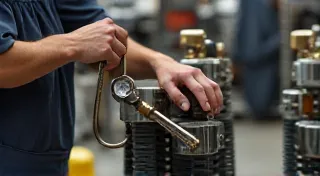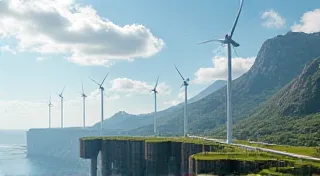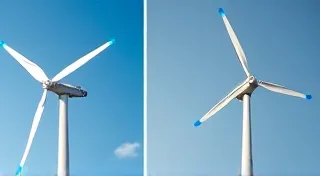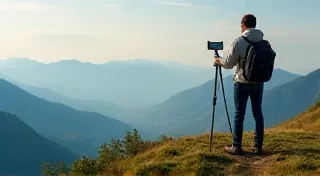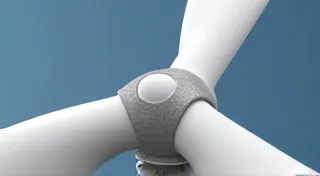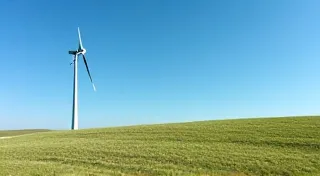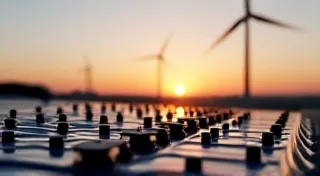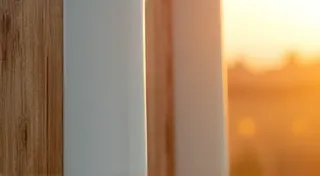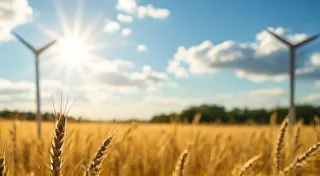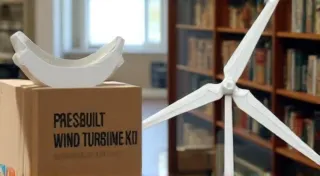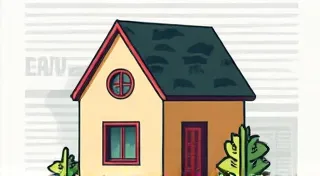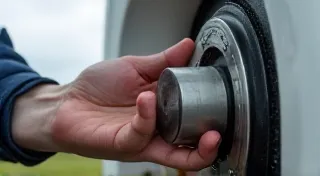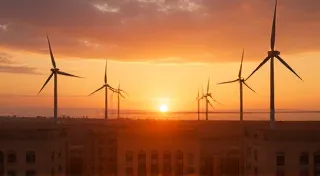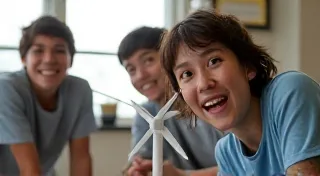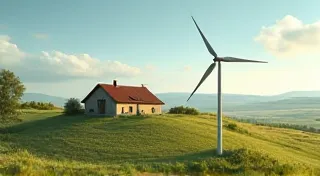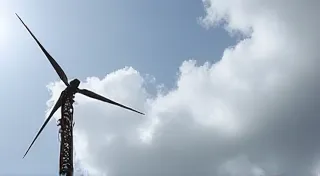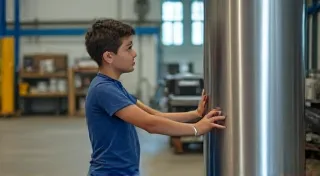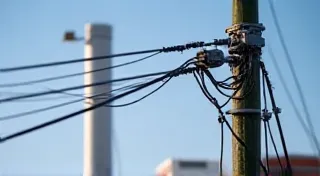Building a Small Scale Wind Turbine: Harnessing the Power of the Wind
The allure of sustainable energy is stronger than ever. As concerns about climate change and rising energy costs continue to grow, many individuals are seeking ways to reduce their carbon footprint and gain greater energy independence. Building a small-scale wind turbine offers a compelling solution – a chance to generate your own power, learn valuable engineering skills, and contribute to a cleaner environment. This website is your comprehensive guide to doing just that, covering everything from the fundamental wind turbine basics to advanced troubleshooting and system optimization. We're here to help you understand renewable energy and embark on your DIY journey towards alternative energy solutions.
Whether you're a seasoned engineer, a curious hobbyist, or a student looking for a captivating science project, this resource will provide the knowledge and inspiration you need. We’ll break down complex concepts into easy-to-understand steps, offering practical advice and detailed plans to help you build your own small-scale DIY wind power system.
Why Build Your Own Wind Turbine?
The benefits of constructing a small-scale wind turbine extend far beyond just saving money on your electricity bill. Here's a glimpse of what you can gain:
- Energy Independence: Reduce your reliance on traditional energy sources and become more self-sufficient.
- Environmental Responsibility: Contribute to a cleaner, more sustainable future by generating electricity from a renewable energy resource, embracing alternative energy options.
- Educational Opportunity: Learn about engineering principles, electricity generation, and the science behind renewable energy. A science project involving wind turbine construction provides invaluable hands-on experience.
- Cost Savings: While the initial investment may seem substantial, the long-term cost savings can be significant, especially in areas with high electricity rates.
- Personal Satisfaction: There’s a unique sense of accomplishment that comes from building something yourself and harnessing the power of nature.
Getting Started: Understanding the Core Components
Before you begin construction, it’s crucial to understand the key components of a small-scale wind turbine. At its core, a wind turbine consists of:
- Blades: These capture the kinetic energy of the wind and convert it into rotational energy. We'll delve into wind turbine aerodynamics and the principles behind blade design, exploring different materials like PVC, wood, and fiberglass in our guide: Choosing the Right Wind Turbine Blade Material: PVC vs. Wood vs. Fiberglass.
- Generator (Alternator): This converts the rotational energy into electrical energy. Learn how to build your own in our detailed guide: DIY Wind Turbine Generator: Build Your Own Alternator.
- Tower: Elevates the turbine to capture stronger, more consistent winds. Our section on Wind Turbine Tower Design: Simple and Sturdy Structures will provide the necessary knowledge for safe and effective construction.
- Control System: Regulates the turbine’s operation, ensuring efficiency and safety.
Exploring Different Turbine Designs
The world of wind turbines isn’t one-size-fits-all. Two primary designs dominate the landscape: Horizontal Axis Wind Turbines (HAWTs) and Vertical Axis Wind Turbines (VAWTs). Each has its own advantages and disadvantages.
Comparing Vertical Axis Wind Turbines (VAWT) vs. Horizontal Axis Wind Turbines (HAWT) will help you understand the differences and determine which design is best suited for your specific needs and location. Considerations include wind direction, site constraints, and aesthetic preferences.
Planning Your Project: Location, Sizing, and Regulations
Successful wind turbine construction isn't just about assembling parts; it's about careful planning. Several factors need consideration:
- Wind Resource Assessment: Not all locations are created equal when it comes to wind. Our guide, Wind Resource Assessment: Finding the Best Location for Your Turbine, will teach you how to evaluate your site’s wind potential.
- Sizing Your Turbine: Matching your turbine’s capacity to your energy needs is essential. Sizing Your Wind Turbine: Calculating Power Needs and Turbine Capacity offers a practical approach to determining the right size for your system.
- Legal and Regulatory Aspects: Local ordinances and building codes can significantly impact your project. Understanding the Legal and Regulatory Aspects of Small-Scale Wind Turbines is crucial to avoid legal hurdles.
Maximizing Your Turbine’s Performance and Longevity
Once your wind turbine is up and running, ongoing maintenance and optimization are vital for sustained performance.
- Wind Turbine Efficiency: Understanding Wind Turbine Efficiency: Factors and Improvements explores the elements that affect turbine efficiency and provides strategies to maximize energy output, further embracing alternative energy solutions.
- Battery Selection: If you plan to store the energy generated by your turbine, selecting the right battery system is critical. Maximizing Energy Storage: Battery Selection for Your Wind Turbine System will guide you through the process.
- Maintenance: Regular Wind Turbine Maintenance: Extending the Lifespan of Your Turbine will help prevent breakdowns and ensure your turbine operates smoothly for years to come.
- Noise Reduction: Wind turbines can generate noise. Our guide on Wind Turbine Noise Reduction Techniques for Quiet Operation will help minimize any disturbances.
- Troubleshooting: Even the best-designed turbines can experience problems. Troubleshooting Common Wind Turbine Problems provides solutions to common issues.
DIY Kits vs. Scratch Builds: Which is Right for You?
You have two main approaches to constructing your wind turbine: purchasing a kit or building from scratch. Each has its own advantages and disadvantages. Our comparison guide, DIY Wind Turbine Kits: Pros and Cons Compared to Scratch Builds, will help you make an informed decision.
Safety First!
Working with electricity and heights presents inherent risks. Always prioritize safety throughout your project. Our guide, Safety First: Wind Turbine Construction and Operation Precautions, outlines essential safety measures.
Beyond the Basics: The Future of Small-Scale Wind Power
The field of small-scale wind power is constantly evolving. New technologies and innovations are emerging, promising even greater efficiency and affordability. The Future of Small-Scale Wind Power: Innovations and Trends explores the exciting developments shaping the industry, pushing the boundaries of alternative energy.
Wind Power for Education
Building a wind turbine is an incredible hands-on learning experience. It’s a fantastic way to teach STEM concepts and inspire the next generation of engineers. Using this project as a Small-Scale Wind Turbines for Science Projects: A Great STEM Activity is an excellent way to engage students.
Connecting Your Turbine
Successfully wiring your wind turbine system is critical. Wiring Your Wind Turbine: Connecting to Your Home or Battery Bank will guide you through this important step.
We’re thrilled to be your guide on this exciting journey into the world of small-scale wind power. Explore our resources, learn from our expertise, and harness the power of the wind!
